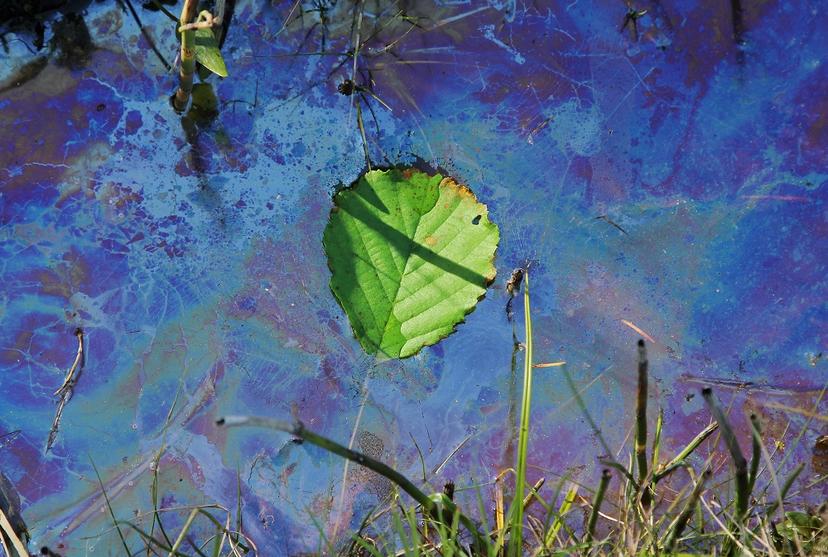Analysis of Emerging Brominated Contaminants Affecting the Marine Environment
SelectScience® examines a keynote lecture delivered by Dr John Giesy, Professor and Canada Research Chair in Environmental Toxicology at University of Saskatchewan, at the 2nd Winter Symposium on Emerging and Persistent Organic Pollutants in Korea
13 Jun 2016

Image: Shutterstock/Adam Gregor
Brominated compounds, such as ethylene bromide, are widely used in industrial applications such as fire retardants, pesticides and as dyes. Although their usage is declining due to the discovery and implementation of more environmentally friendly alternatives, they, and their derivatives can still be found in waste and run-off water, and occasionally in food.
Dr John Giesy is the Professor and Canada Research Chair in Environmental Toxicology in the Department of Veterinary Biomedical Sciences and Toxicology Centre at the University of Saskatchewan. He has worked within the wider field of environmental toxicology for over 40 years and is the most cited author in the world in the combined fields of Ecology and Environmental Sciences. As such, he is an expert on emerging contaminants and their effects on the environment.
Bromine in marine samples
Some well-known synthetic bromine-based compounds, such as polybrominated diphenyl ethers or PBDEs, have become ubiquitous as environmental pollutants and are of key interest due to their “high production volume, widespread use, and ubiquitous occurrence in the environment” . However, there are a number of unidentified compounds which are increasingly being detected in marine environments. From 1996 – 2002, Prof. Giesy analyzed samples from species such as tuna, albatrosses and polar bears, from “remote marine locations”, screening for over 60 bromine-based compounds1.
Using Instrumental Neutron Activation Analysis (INAA) and Gas Chromatography/High-Resolution Mass Spectrometry (GC/HRMS), the organo-bromines found to be prevalent in the tuna and the albatross samples were naturally occurring compounds. However, the majority of identifiable extractable synthetic organic-bromines were found in the polar bear samples. This demonstrates the dangers of accumulation; which humans are also vulnerable to2. Furthermore, the majority of compounds detected in the samples were unidentifiable due to being inorganic or unextractable.
The effect of biotransformation
This work also found that while hydroxylation of the bromine-based compounds to the more toxic hydroxy forms was negligible, their biotransformation from methylbromine ethers occurred at a higher rate1. Hydroxy-bromine ethers can cause disruption of thyroid hormone homeostasis, disruption of sex hormone steroidogenesis, and neurotoxicity. Therefore, human exposure to naturally occurring bromo-compounds should not be ignored.
To find out more about the effects of environmental contamination of water, visit our dedicated community page or find out more about analysis solutions for POPs from Thermo Fisher Scientific.
Plus, watch the Thermo Fisher Scientific 10th International Symposium on Recent Developments in POPs Analysis: A Global Concern virtual conference on demand.
References:
1. Y Wan , PD Jones, S Wiseman, H Chang, D Chorney, K Kannan, K Zhang, JY Hu, JS Khim, S Tanabe, MHW Lam, JP Giesy, Contribution of Anthropogenic and Naturally Occurring Organobromine Compounds to Bromine Mass in Marine Organisms, Environmental Science & Technology, 2010, 44, 6068-6073.
2. HS Wang, GM Jiang, ZJ Chen, J Du, YB Man, JP Giesy, Concentrations and congener profiles of polybrominated diphenyl ethers (PBDEs) in blood plasma from Hong Kong: implications for sources and exposure route, Journal of Hazardous Materials, 2013

